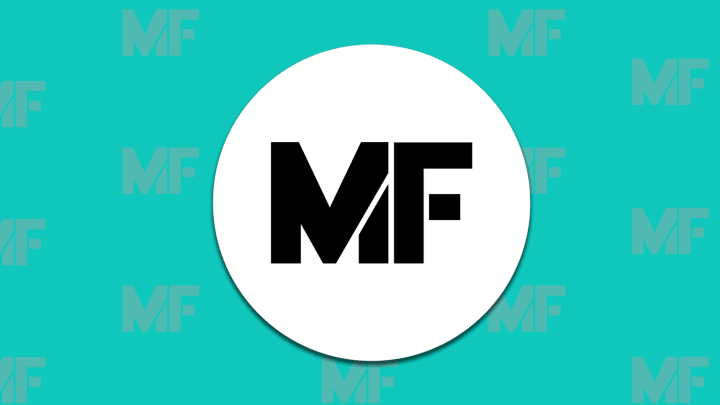How The Emoticon Was Invented

What would the Internet be without :), :P, and the ever-popular ¯\_(ツ)_/¯? If you’ve ever used a few keystrokes to express your mood, you have Carnegie Mellon University Computer Science Research Professor Scott E. Fahlman to thank.
As you’ve likely experienced, it can be hard to tell when someone is being sarcastic in print, which was as true in 1982 as it was now. On September 19, 1982, Fahlman was part of a message board discussion about the working status of a set of elevators, which quickly turned silly. The jokes were flying so fast and furious that some participants couldn’t tell if the elevators were actually working or not, and so the discussion turned to how to denote jokes. One person suggested placing an asterisk after remarks meant to be funny. Someone else preferred using the percent sign, which is when another user tried to combine the two:
“How about using * for good jokes and % for bad jokes? We could even use *% for jokes that are so bad, they're funny.”
That was a no-go. The response:
“No, no, no! Surely everyone will agree that '&' is the funniest character on the keyboard. It looks funny (like a jolly fat man in convulsions of laughter).”
Finally, Fahlman stepped in with the invention that would change the way we communicated online:
I propose that the following character sequence for joke markers: :-) Read it sideways. Actually, it is probably more economical to mark things that are NOT jokes, given current trends. For this, use :-(
Using textual devices to convey emotion had been suggested throughout history, possibly as early as 1865. But none of them took off the way Fahlman’s suggestion did.
Of course, it’s easier to express yourself these days—emojis have taken the place of the text-based emoticons for most people. Fahlman is not a fan.
"It’s interesting to note that Microsoft and AOL now intercept these character strings and turn them into little pictures,” he told Business Insider in 2015. “Personally, I think this destroys the whimsical element of the original."
Know of something you think we should cover? Email us at tips@mentalfloss.com.